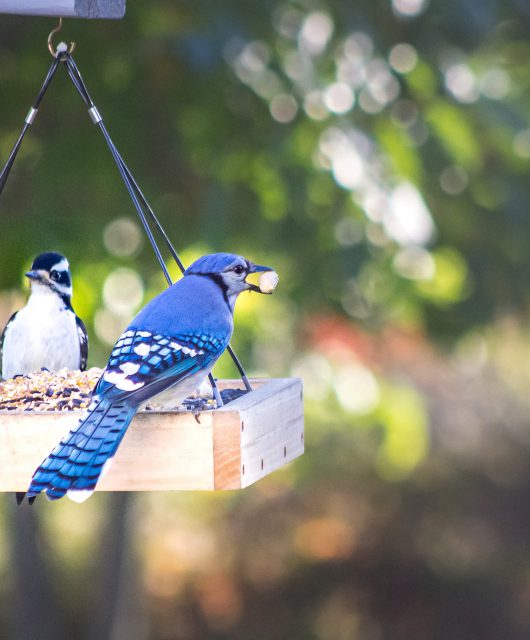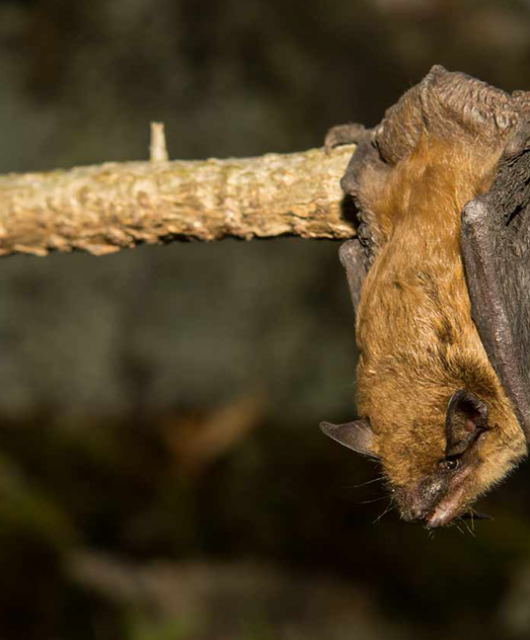Participate in This National Treasure Hunt
More than 40,000 species have been recorded on iNaturalist.ca. Yet, based on the Global Biodiversity Information Facility localities, which means they may contain some errors (for example, there is an entry for the Pacific Barracuda in Manitoba and being a coastal marine fish, this is obviously a wrong location and likely a specimen housed in a Manitoba museum. If you’d like to help fix these errors, please add your feedback to the notes column for the relevant species in this spreadsheet. Errors aside, we hope this will be a good starting point for looking at gaps from Canada. Clicking on the points on the map will bring up a link to observations of other species recorded in the same area, as well as a link to the iNaturalist taxon (species info) page. If the popup doesn’t have a link, it means the species page does not yet exist in iNaturalist.
~500 missing Plants
~3,500 missing Fungi and Similar Organisms
~900 missing Vertebrates
~300 missing Mollusks
~700 missing Arachnids
~10,000 missing Insects
~700 missing Other Invertebrates
How Canadians can Help
Were any of these species found near you, or places you visit? This is a chance for you to plan excursions later this year to make observations. Do you have photos from these places that you haven’t uploaded yet? Now is a good time to upload your backlog.
How You can Help Outside of Canada
Do you have expertise in any of these taxa? It’s possible that some of these species are already on iNaturalist, but they haven’t yet been identified. You can help by reviewing the observations from Canada that need identification. Even if you don’t have expertise in Canadian species, you may be able to help clean up some misidentifications. You can filter for observations that may be far out of their known range by sorting the “Identify” page by ascending geo score. The geo score is a measurement of how typical an observation’s location is for that species – the higher the score, the more typical. Observations with low geo scores could be exciting range extensions, cultivated plants or captive animals that should be properly marked, or misidentifications. We look forward to seeing what you find!





